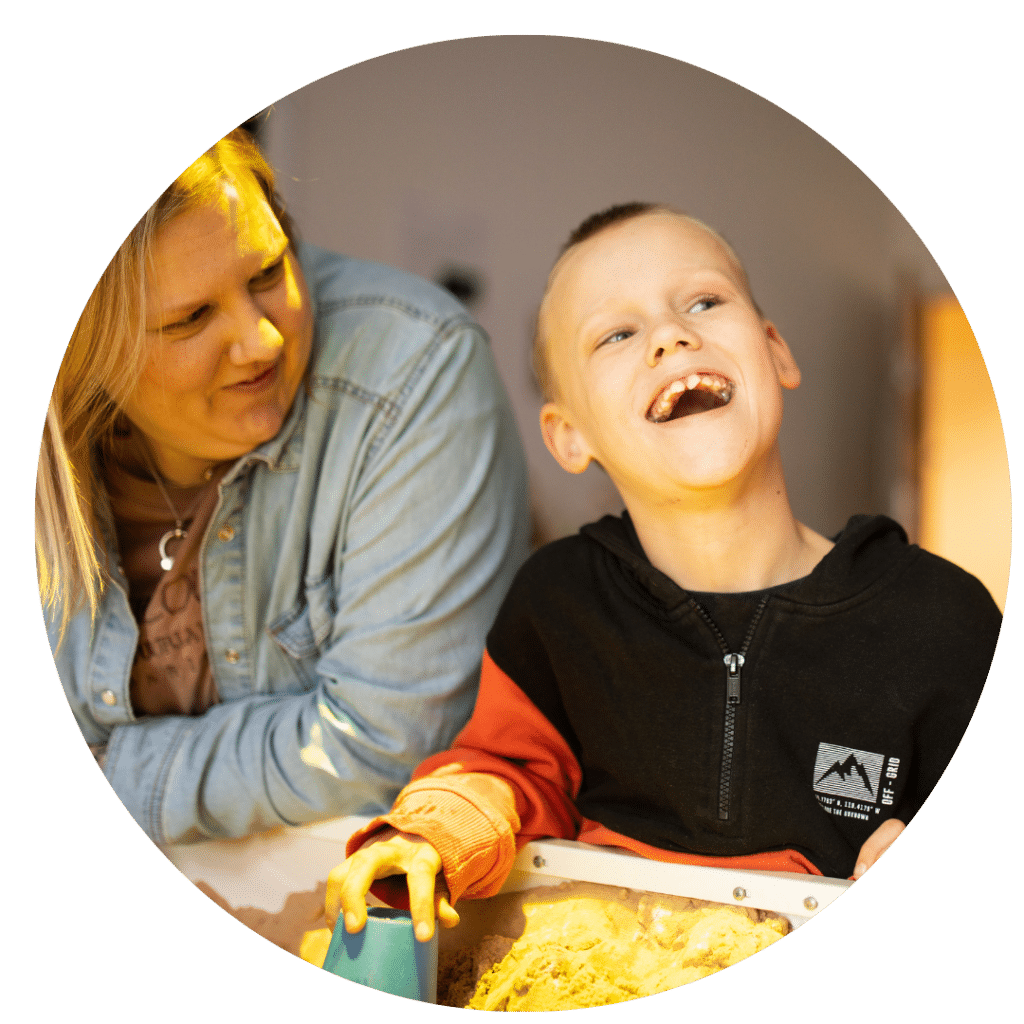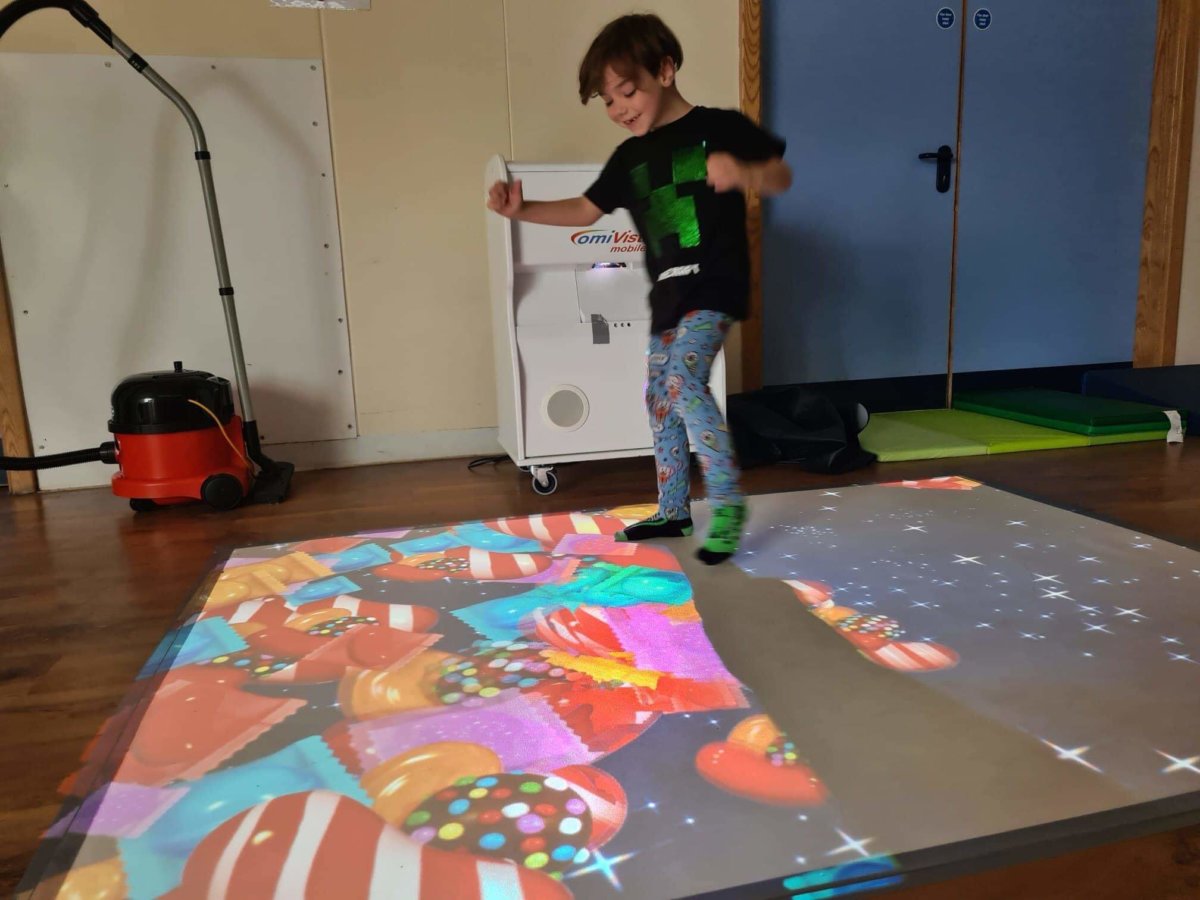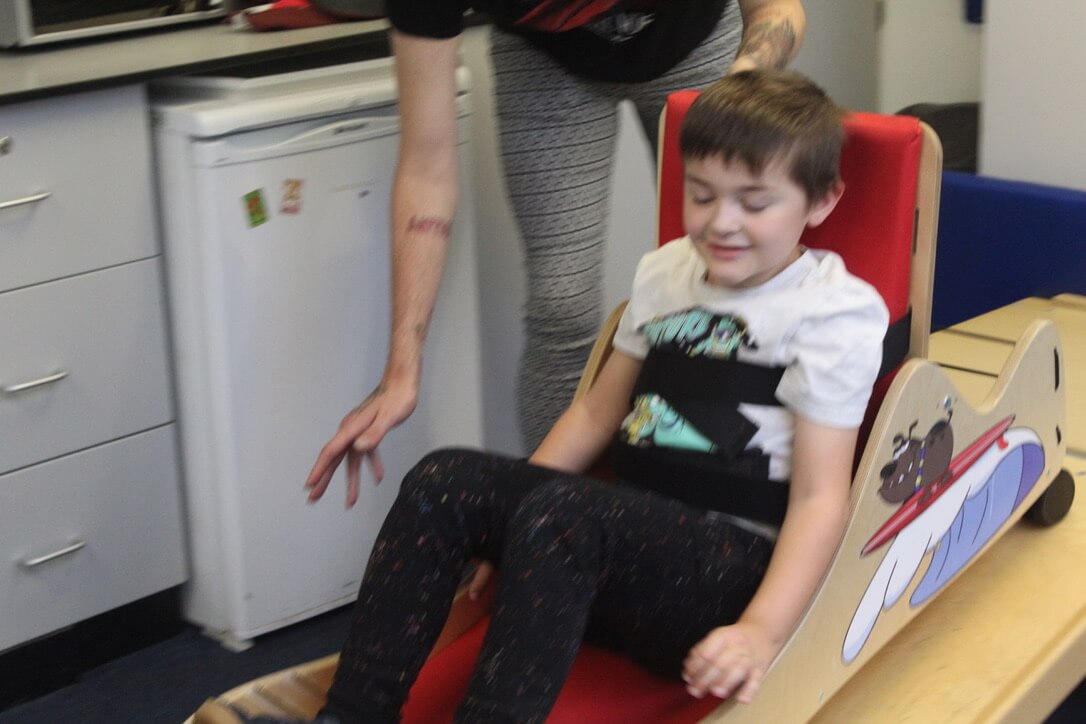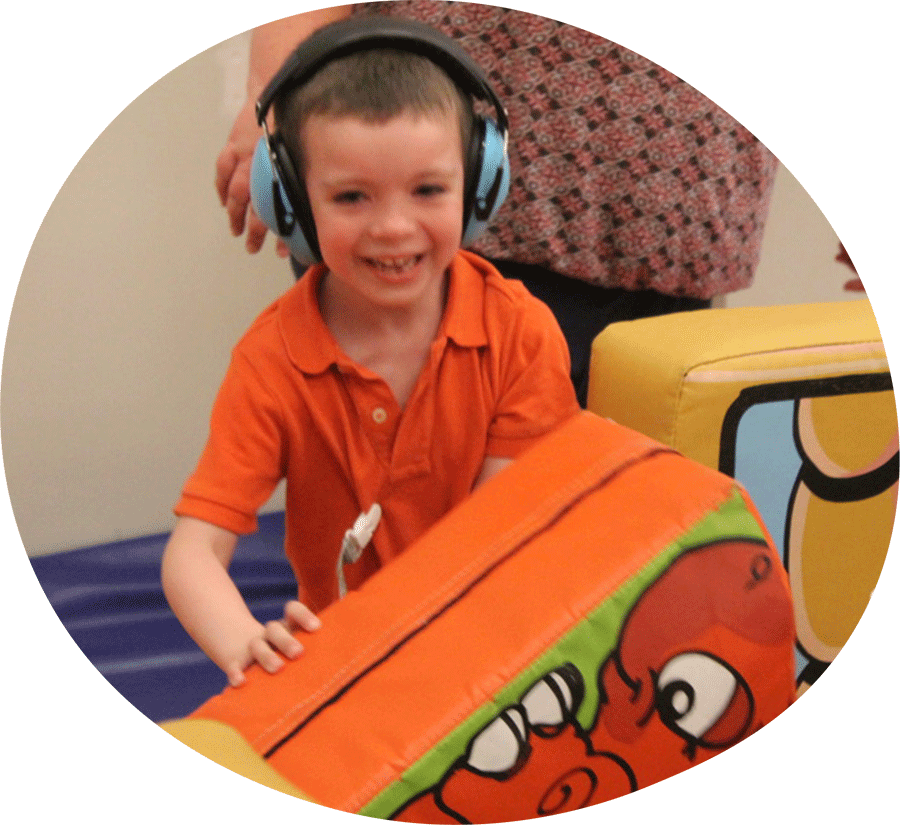
Why it's Needed
There are 90,000 children and young people with disabilities living within an hour of Bristol.
77% of them cannot access regular leisure facilities, so can’t play, exercise or socialise in the same ways as their peers.

Our plan has always been to build for better and create a home for Gympanzees
Every child can exercise
Disabled children want more understanding and acceptance, more choice of activities, more motivation and encouragement.
One third of disabled children take part in less than 30 minutes of sport and physical activity per day.
Improving children’s mental health
Exercise improves the psychological well-being of people with learning difficulties such as reduced anxiety, increased self-esteem and improved mood. There is an association between higher reported levels of physical activity and increased quality of life.






Putting an end to isolation
• 90% of parents feel isolated some or a lot of the time.
• 76% of parents experience mental ill health some or a lot of the time
• 9 out of 10 parents reported some level of anxiety.
• Disabled children are twice as likely to be lonely compared to their non-disabled peers (72% vs 36%). They are more likely to feel they have no one to talk to, feel left out, and to feel alone.





